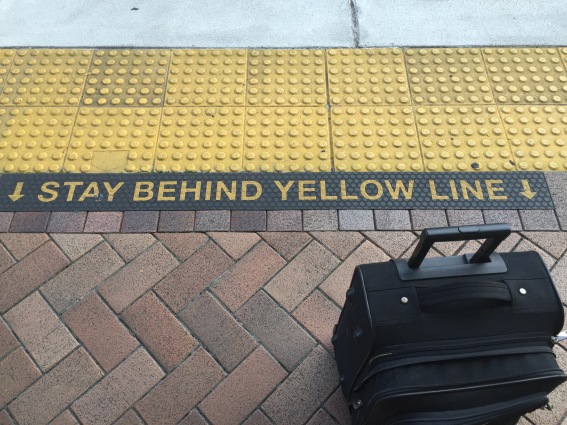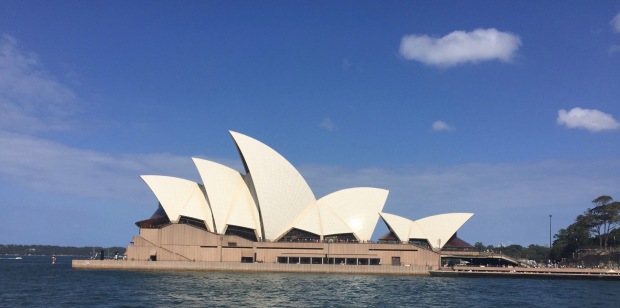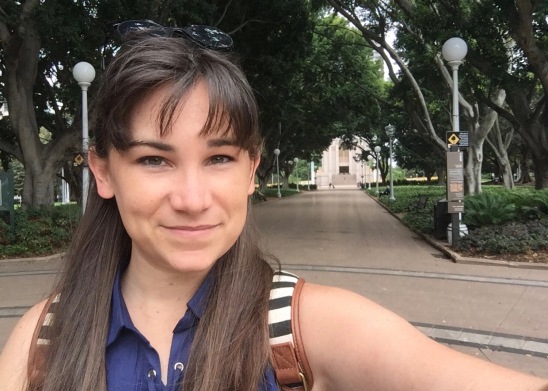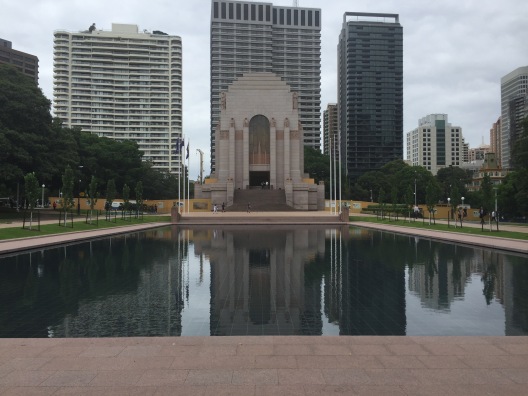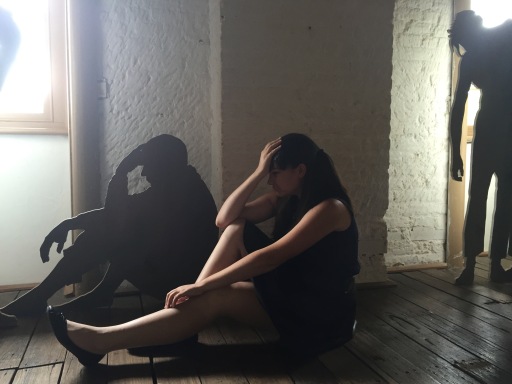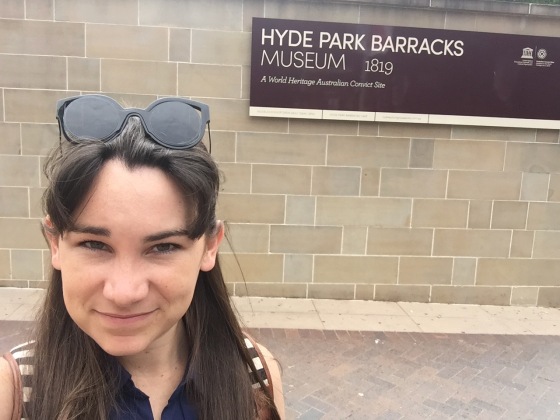“Do you remember when Despereaux was in the dungeon, cupped in Gregory the jailer’s hand, whispering a story in the old man’s ear? I would like it very much if you thought of me as a mouse telling you a story, this story, with the whole of my heart, whispering it in your ear in order to save myself from the darkness and to save you from the darkness too. “Stories are light,” Gregory the jailer told Despereaux. Reader, I hope you have found some light here.” – The Tale of Despereaux, by Kate DiCamillo.
I haven’t been doing the greatest job at keeping you all advised of my London adventures lately, and in truth that’s because the last month has consisted of me finding work, a place to live and finally an Odeon Limitless card which means I can watch movies again, so I’ve been a little distracted. That said, a new job meant a new commute, giving me roughly twelve hours of reading a week and the following is the result of that.
-x-
There but for the, by Ali Smith
⭐⭐⭐⭐
“And they all lived happily ever after, until they died.”
Serendipity hits when you least expect. A few weeks ago I was exhausted by #filmtwitter, over movies and decided to head to the Greenwich Waterstones to buy something from the 1001 Books list instead. Since I’ve decided to read backward chronologically (because Ovid is exhausting), Ali Smith was next, and coincidentally, had set There But For The in Greenwich, London.
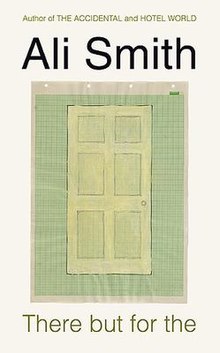
Among mentions of the Greenwich foot tunnel (feature of my midday commutes to Waitrose for lemon icy poles), the observatory – where I spent my very first day in London after realising it was minutes walk from my cousin’s house, and the DLR, a form of public transport niche to only East Londoners – Ali Smith’s There But For The is a satirical examination of the impact we have in those moments where our lives Venn Diagram with another person’s.
A tale told in four parts, the novel centres around a dinner party where attendee Miles decides to close himself in the upstairs bedroom of his hosts for several months. Each section then tells the story of someone who intersects and overlaps with Miles somehow – a reminder that we leave a little of ourselves in each of our acquaintances’ stories.
At first, I worried that Smith would fall into a trap I’ve noticed among 00’s authors, that the text would be too introspective, too critical and too pessimistic, but the stories – especially “for” and “the” were surprisingly uplifting. The font is relatively large, and this in addition to the absorbing and well-connected stories made for a quick and entertaining read, very likely the reason for my following binge-reader status this month.
-x-
A Visit From The Goon Squad, by Jennifer Egan
⭐⭐⭐⭐⭐
“I’m always happy,” Sasha said. “Sometimes I just forget.”
 Another novel about the cross-sections between people’s lives and relationships, Egan’s A Visit From The Goon Squad is darker and messier than There but for the. Goon Squad is about time and history and reminds us that each of us is the sum of our experiences and relationships. For better or for worse.
Another novel about the cross-sections between people’s lives and relationships, Egan’s A Visit From The Goon Squad is darker and messier than There but for the. Goon Squad is about time and history and reminds us that each of us is the sum of our experiences and relationships. For better or for worse.
Centering on Bennie Salazar, an ageing former punk rocker and record executive, and Sasha, the passionate, troubled young woman he employs, A Visit From The Goon Squad never allows it’s main characters to share their histories with each other while baring all to the reader. Each chapter follows a peripheral character’s story. With no formal introduction to the character, the reader is left to piece together their position in the constellation of Bennie and Sasha.
I adored this novel. While There but for the seemed to drag in places, Egan’s tiny snippet style chapters were more welcome for my distracted brain. A master of imbibing strong personality in limited text, a skill only possible from an authentically empathic writer. While many of the stories dealt with unhappy themes, fear was never a central theme, instead, every character felt hopeful and ambitious about their future – preventing this novel from falling into the aforementioned critically pessimistic introspection trap.
-x-
The Sense of an Ending, by Julian Barnes
⭐⭐⭐⭐
“This was another of our fears: that Life wouldn’t turn out to be like Literature.”
For the life of me, I cannot get the name of this book to stick in my brain, despite really enjoying it. I’m not sure if I’ve reached my threshold for book titles – if so I’ll be very sad – but regardless of why, since this book is entirely about the bias of memory and its inadequacies, it seems almost ironic that this is the first book in a long time that I just cannot recall the title of.
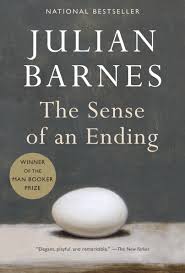
“How often do we tell our own life story? How often do we adjust, embellish, make sly cuts? And the longer life goes on, the fewer are those around to challenge our account, to remind us that our life is not our life, merely the story we have told about our life. Told to others, but – mainly – to ourselves.”
Barnes’ The Sense of An Ending is not about a variety of characters, instead, it’s mostly about Tony and is very introspective and indulgent, but I didn’t hate it. I love a good twist, and this book has several, including a good ending that punches you in the gut and reminds you how biased your own memory can be in order to protect you.
There’s also a film adaptation of The Sense of An Ending starring Jim Broadbent and Charlotte Rampling.
-x-
The Tale of Despereaux, by Kate DiCamillo
⭐⭐⭐⭐
“Stories are light. Light is precious in a world so dark.”
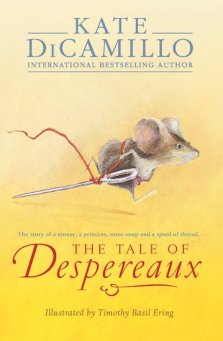
Have we acknowledged the problematic basis of mice being good but rats being bad? The racial implications of that distinction? That thought was relatively distracting while reading this kid’s book. That and the parallels between this novel and Jordan Peele’s Us from earlier this year (if you know, you know).
Despereaux is one of those children’s books that seems much more profound through its quotes taken out of context but isn’t a bad book generally. Concessions, as always, have to be taken for my “not actually a child anymore” status, but I also read at least one of these books a month, so if any adult were close enough (and let’s face it, immature enough) to make a fair assessment, it’s probably me, and The Tale of Despereaux is sweet. Even if it does encourage what is potentially racial stereotyping to nine-year-olds.
-x-
What did you read this month? This is a big reading month for me and I have plans to continue, but since I just moved and my commute has been halved, we’ll have to see about that…
xoxo,
Casey
